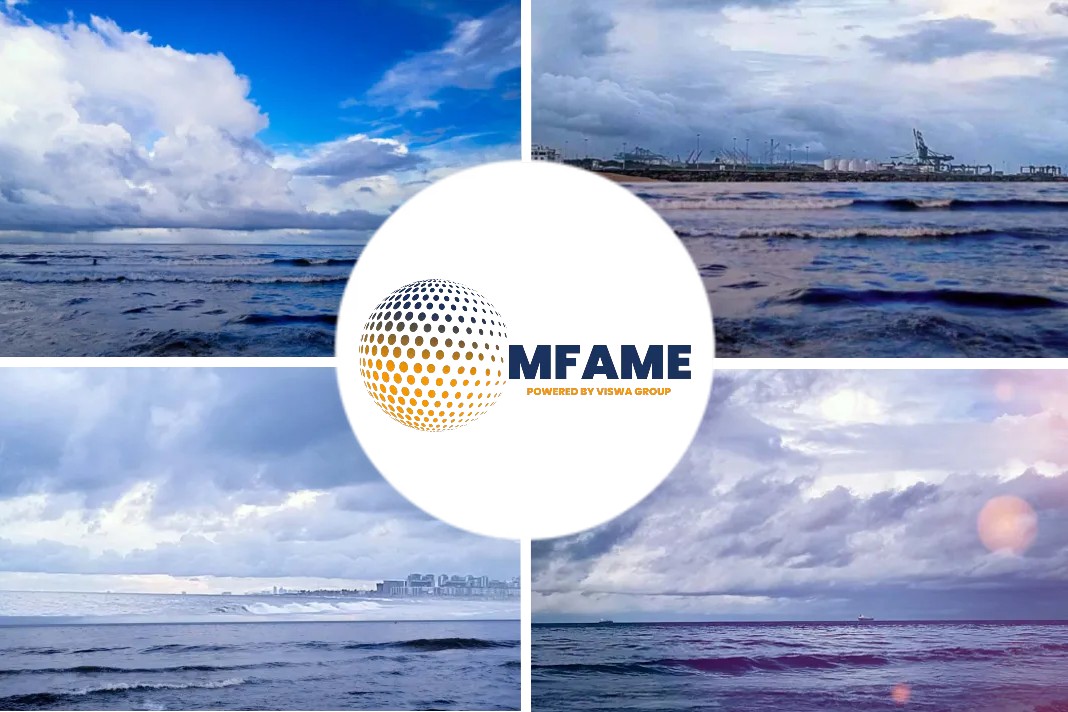All ships calling at US ports and intending to discharge ballast water must either carry out ballast water exchange or treatment, in addition to fouling and sediment management.
Local sources have indicated that USCG officers are taking a much tougher stance with regards to various aspects of BWM compliance in their routine PSC inspections.
Ballast Water Extensions
Extensions can be issued on the basis of ballast water exchange or the use of an Alternate Management System (AMS). These include a number of ballast water treatment systems that have attained IMO type-approval.
Acceptance of an AMS is temporary and the maximum period that can be granted is five years after the vessel’s original compliance date.
Up until December 2016, no ballast water treatment system had achieved USCG type-approval and consequently, granting an extension was relatively straight forward.
Type Approval and a Tougher Approach
In December 2016, the USCG type-approved the first three ballast water treatment systems and in April 2017 issued type-approval for another. A further two systems are currently awaiting USCG type-approval. Several more are currently undergoing type-approval testing. The availability of type approved systems has led to the USCG taking a much more robust approach to granting an extension.
The USCG will no longer automatically consider that a ship cannot comply with the discharge standards. Additional justification and reasons need to be provided, which the USCG will consider before granting an extension.
Evidence needed to Support a Request for Extension
When considering a request for extension, the USCG will pay particular attention to how the Shipowner matches the profile of those vessels that have already been fitted with a USCG type-approved system. The USCG will also require the Shipowner to provide a detailed strategy and timeline to come into compliance.
Examples of additional documentation that is generally required in support of an extension request are:
- Written correspondence between the Shipowner and the applicable BWM systems manufacturer(s) that confirms there are no available systems for installation on that type or class of vessel until after the compliance date.
- Vessel has design limitations with type-approved BWM systems that are currently available.
- Safety concerns related to installing type-approved BWM systems currently available.
- Any other situation that may preclude a vessel from being fitted with a type-approved system.
- Tougher enforcement of BWM regulations
More robust enforcement of BWM regulations by USCG is now taking place. Inspectors are reporting that the most common compliance issues are:
- Discharging ballast water with expired extension letters.
- Inoperable AMS.
- Operating past compliance date with no extension or AMS.
- Discharging untreated BW in US water.
- Inaccurate BWM records.
The USCG has taken action to require ships to use their installed AMS, or in some cases, leave port in order to conduct deep ocean ballast water exchange.
USCG penalty for non-compliance with BWM regulations
Enclosure 4 of the UGCG Navigation and Vessel Inspection Circular (NVIC) 07-04 CH-1 details a range of enforcement measures available to USCG inspectors, these include:
- Verbal Education.
- Letters of Warning.
- Notice of Violation.
- Administrative Civil Penalty (up to $38,175 per day; each day of violation constitutes a separate violation).
- Captain of the Port Orders.
- Suspension and Revocation.
- Revocation of Clearance and Customs Holds.
- Criminal Proceedings.
Did you subscribe for our daily newsletter?
It’s Free! Click here to Subscribe!
Source: North P&I Club






















